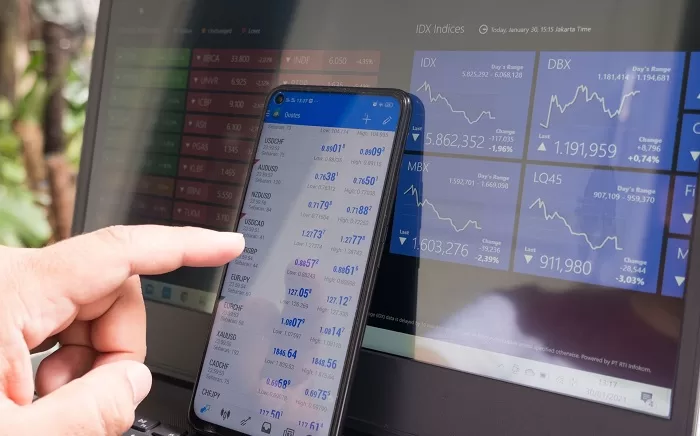Finance
Market Depth in Forex Trading

The Forex market is exceptionally unpredictable. Many traders, in order to generate profits, use special tools and strategies when trading. Market depth is one of those. Market depth provides significant benefits to traders, and this article will discuss its details and how it’s actually used in Forex trading.
Market Depth – What Is It?
It’s sometimes called the market complexity and is used in trading by various traders to estimate the market’s capability in maintaining unusually big market orders without leaving any impact on the price of a security. It’s the ability of the market to do so. A real-time window at the same time, it shows the activity of the market at various price levels in the currency market or security.
If you’re planning to use market depth in trading, keep in mind that it’s not always a standard feature. MetaTrader4 does not support market depth, while MetaTrader5 comes with an inbuilt function. You’ll find more information about MT4 vs. MT5 on LiteForex.
How Does Market Depth Work?
Some traders refer to it as the limit order book. The MD contains data regarding all unsettled orders for a particular period of time. It’s the property of these orders. This data then helps traders in determining which trades to make.
The order book contains an organized list of the prices with the corresponding buy and sell orders count for each price level. And when it undergoes evaluation, these orders are maintained and kept. The data and property of the orders that are going to be traded also include their predetermined costs, depending on their given size.
Aside from all of these, market depth also acts as an indicator for the amount of shares a trader can purchase without causing an increase in its value. And even though the fluctuation of prices can draw in more orders, it’s never involved with market depth.
Liquidity, Volume, and Market Depth
The numbers in MD or order book indicate liquidity which represents a security’s supply and demand orders. The MD shows the required order sizes to complete for the market to move to an entire next price level.
The more orders open at a particular price level there are, the deeper the market, and the more required orders to complete to change the market price. Since MD tells traders the number of shares they can purchase, high liquidity of a market with a great number of buyers and sellers, it’s safe to execute a large order.
Additionally, the depth, volume, and liquidity that come with it, share a close relationship. However, it’s safe to consider that a high volume of trade indicates an excellent market depth of security. And remember that when there’s an imbalance, the market’s volatility is always affected. This also applied to a share with an excessive volume of trade.
Implications and Uses of Market Depth
Generally, the data generated by MD provides significant benefits to traders. They use them for Forex trading. These implications include:
- Predicting the price movement and its direction in order to determine when to buy or sell.
- The deeper the market, the less a large trade affects a security’s price.
- Helps in better execution of trading strategies.
- The short-term volatility of the price from the data is used to gain profit.
- The data it generates can be used to access volume and liquidity information.
- Faster monitoring of market activity since it uses trading symbols.
As mentioned above, when a market depth level is greater than the other around it, an outlier is formed. These outliers can be used to mark points and areas with a good probability of buying and selling in the future. This then signals when the price movement is slowing down.
Factors Affecting Market Depth
There are certain factors that can affect the depth of the market, which affects a trader’s execution of strategies and decision-making. These factors include:
- The size of tick – This is the minimum amount of price increment of a security’s price movement. With larger tick sizes, the better the chances of traders posting orders in advance. And so, enough size of the tick is required to balance the market depth.
- Transparency – The market isn’t entirely transparent, so there is particular information that is inaccessible.
- Margin requirements – The minimum of this requirement can affect the depth of the market. A high minimum margin requirement lowers the depth, and a low one increases it.
- Restrictions in movement – Not all security prices are allowed to move freely. There are certain limits set by some exchanges. And when the range of the price movement decreases, the market depth increases.
Conclusion
Market depth is used by many traders to help them plan and create a trading strategy. It also enables them to execute them properly. To summarize it all, market depth implies the liquidity of the market and is a great tool for Forex trading.

























































